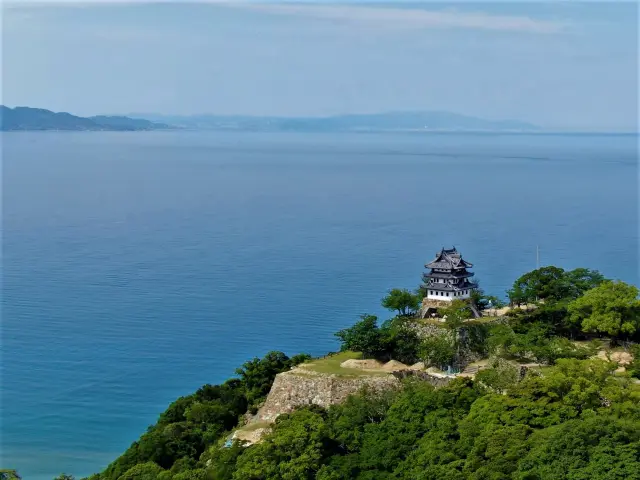
Nanshuji Temple
Last update
・ Summary
A temple founded in 1557 by Soto Dairin, and at the behest of Nagayoshi Miyoshi in order to hold a memorial service for his father. After it was burnt to the ground during the Osaka Summer Campaign in 1615, the temple was rebuilt by Soho Takuan and others. The grounds include a dry landscape garden that is a nationally designated place of scenic beauty, the main temple and two gates which are all nationally designated important cultural properties, a memorial tower for the Senge clan, a tea room called Jissoan which was loved by Rikyu, and more.
A temple belonging to the Rinzai school of Buddhism, founded in 1557 by Soto Dairin at the behest of Nagayoshi Miyoshi in order to hold a memorial service for his father, Motonaga. After it was burnt to the ground during the Osaka Summer Campaign in 1615, the temple was moved to its current location and rebuilt by Soho Takuan and others. The grounds include a dry landscape garden that is a nationally designated place of scenic beauty, the main temple and two gates which are all nationally designated important cultural properties, a memorial tower for the Senge clan, a tea room called Jissoan which was loved by Rikyu, and more.
The dry landscape garden located outside the abbot’s chamber is thought to be from the early Edo period, around the time the temple and other buildings were created. It features wide white sand along the front, making use of the rising terrain to incorporate a dry waterfall, and then using small stones to represent a dry flow heading to the right-hand side. The “upstream” stone bridge and dry waterfall harmonize perfectly together, and the arrangement of stones in the center is also most wonderful, combining the level garden dry landscape format with rockwork modeling to create a truly beautiful garden.
The Buddhist temple is the only one of its type in the prefecture, a place which generally used Zen architecture, and on the ceiling inside there is a depiction of the “happo nirami-no-ryu,” which means “a dragon glaring in eight directions,” which appears to glare at you no matter the direction it is viewed from. The temple gate is a two-storied tower-gate with a handrail around the top section, using a Zen construction technique to fan out the rafters. In regard to the karamon gate, the patterns carved onto the beam connecting its two pillars and other features shared between the temple and gate suggest that they were built at around the same time. There is also a legend that Ieyasu Tokugawa was actually killed by Goto Matabei during the Osaka Summer Campaign and enshrined here, contradicting established history.
・ Address 3-1-2 Minamihatagochohigashi, Sakai-ku, Sakai shi
・ Open Admission times: 9:00-16:00
・ Closed None
・ TEL +81-72-232-1654
・ Official HP None


Check also...

Restrictions on Large Baggage

Hidden Stories in Stone: Exploring Japan’s Castle Walls

Feel Like a Lord: Castle with Stunning Panorama Views

Experience the True Essence of Japan through Castles, Cultural Treasures, and Timeless Gardens

Castles of Toyotomi Hideyoshi

Exploring the Roots of Festivals: A Journey of Understanding Local Bonds and the Preservation of Culture

A 3-Day Journey Along the Path of History and Culture: Outlining the Saigoku Kaidō from Osaka

